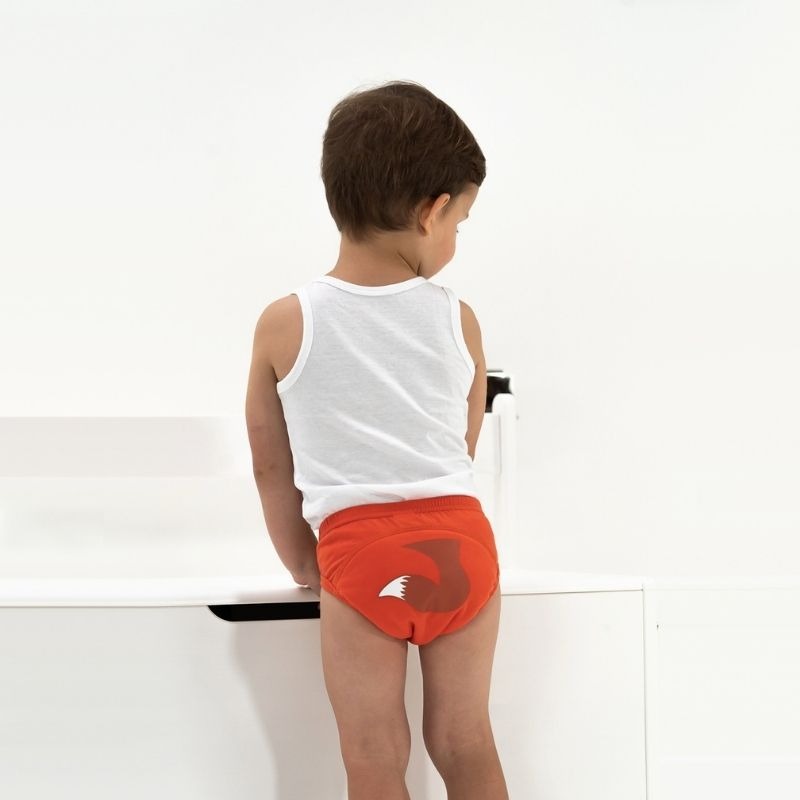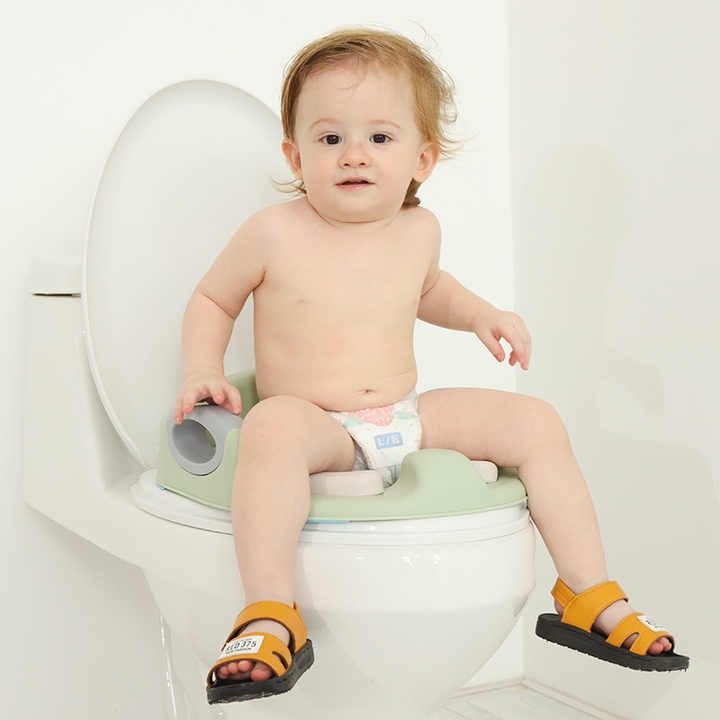Potty training is a big milestone for both children and parents. Potty training diaper, also known as training pants, can be a helpful tool during this process. This comprehensive guide will explore everything you need to know about potty training diapers, from choosing the right type to using them effectively.
Understanding Potty Training Diapers: Absorbent and Pull-Up Options
Potty training diapers are not the same as regular diapers. Here’s what makes them different:
More Like Underwear:
Potty training diapers look and feel more like underwear than regular diapers. This can help toddlers feel like they’re growing up.
Variable Absorbency:
Some potty training diapers are designed to absorb small accidents, while others are more absorbent for larger leaks.
Choosing the Right Potty Training Diapers: Consider Your Toddler’s Needs
There are many different types of potty training diapers available. Here are some factors to consider when choosing:
- Age and Development: Younger toddlers may need more absorbent diapers, while older toddlers may benefit from pull-up style for easier removal.
- Day or Night: Some diapers are designed for daytime use, while others are more absorbent for nighttime use.
- Material Preference: Choose between disposable or reusable potty training diapers.
Using Potty Training Diapers Effectively: A Stepping Stone to Success
Potty training diapers are a tool, not a magic solution. Here are some tips for using them effectively:
Pair with Underwear:
Let your toddler wear potty training diapers with regular underwear to get them used to the feeling.
Talk About Potty Time:
Explain to your toddler that they will be using these diapers while they learn to use the potty.
Focus on Praise:
Praise your toddler for using the potty, even for small successes. This will help them feel motivated.

Accidents Happen: Managing Setbacks During Potty Training
Accidents are a normal part of potty training. Here’s how to handle them:
- Stay Calm: Don’t get upset or frustrated if your toddler has an accident.
- Change and Clean Up: Change your toddler out of the wet or soiled diaper and clean them up gently.
- Positive Reinforcement: Reassure your toddler and remind them that they are still learning.
Beyond Potty Training Diapers: Other Tools and Techniques
Potty training diapers are just one piece of the potty training puzzle. Here are some other helpful tools and techniques:
- Potty Chair: A brightly colored potty chair can be inviting for toddlers.
- Books and Videos: Children’s books and videos about potty training can be educational and engaging.
- Positive Reinforcement: Reward your toddler with stickers or praise for using the potty.
Every Child Develops at Their Own Pace: Be Patient and Supportive
Potty training can take weeks or even months. Here are some things to remember:
Be Patient:
Avoid pressuring your toddler or comparing them to other children.
Offer Support:
Be there for your toddler and answer their questions about potty training.
Celebrate Milestones:
Make a big deal about successes, no matter how small.
Potty training is a journey of learning and growth for both you and your toddler. Potty training diapers can be a valuable tool during this process. By using them effectively and combining them with other strategies, you can help your toddler reach their potty training goals.
Potty Training Diapers: Choosing Reusable Options
There are two main types of potty training diapers: disposable and reusable. Here’s a closer look at reusable potty training diapers:
- Fabric Design: Reusable potty training diapers are made from washable fabric materials.
- Multiple Layers: They often have multiple layers to absorb wetness while feeling slightly damp against your toddler’s skin.
- Benefits: Reusable potty training diapers are eco-friendly and can save money in the long run compared to disposable options.
Using Reusable Potty Training Diapers: A Washing Routine
Using reusable potty training diapers requires a specific washing routine to keep them clean and بهداشتی (hoshusei – sanitary) for your toddler.
- Solid Waste Removal: Remove any solid waste into the toilet and dispose of it properly.
- Pre-Rinse: Pre-rinse the diaper in cold water to remove any remaining mess.
- Washing Machine: Wash the diaper with detergent following the manufacturer’s instructions. Look for a diaper-safe detergent that is gentle on your toddler’s skin.
- Drying: Allow the reusable potty training diaper to air dry completely or tumble dry on low heat.
Potty Training Diapers: The Environmental Impact
Disposable diapers can create a significant amount of landfill waste. Here’s how reusable potty training diapers can be a more eco-friendly choice:
- Reduced Waste: By using reusables, you avoid throwing away disposable diapers every time your toddler has an accident.
- Material Matters: Choose reusable diapers made from organic cotton or other eco-friendly materials whenever possible.
Disposable vs. Reusable: Weighing the Options
Choosing between disposable and reusable potty training diapers depends on your individual needs and preferences. Here’s a quick comparison:
- Disposable: Convenient, less laundry, may not be as absorbent for nighttime use.
- Reusable: Eco-friendly, cost-effective in the long run, requires a washing routine.
Potty training diapers can be a helpful tool during potty training. Consider your toddler’s age, development, and your own preferences when choosing between disposable and reusable options. Remember, the most important thing is to find what works best for you and your little one on their potty training journey.
Potty Training Diapers: Nighttime Considerations
Potty training can take place during the day and at night at different paces for toddlers. Here are some things to consider regarding potty training diapers at night:
- Super Absorbency: Look for nighttime potty training diapers designed for extra absorbency to help prevent leaks during longer stretches of sleep.
- Nighttime Accidents: Nighttime accidents are common during potty training. Be prepared with extra diapers and nighttime changes.
- Bedtime Routine: Establish a consistent bedtime routine that includes potty time before bed. This can help reduce nighttime accidents.
Nighttime Underwear: Transitioning from Diapers
Once your toddler has consistent daytime dryness, you can consider transitioning to nighttime underwear.
- Pull-Up Underwear: Pull-up underwear offers some leak protection but feels more like regular underwear.
- Waterproof Bed Pad: A waterproof bed pad can protect your mattress from nighttime accidents.
Potty Training Diapers: More Than Leaks
Potty training diapers can be a tool for more than just managing leaks. Here are some additional ways to use them:
- Confidence Booster: Potty training diapers can give toddlers a sense of confidence as they transition from regular diapers to underwear.
- Travel Essential: Potty training diapers can be a lifesaver during car rides, errands, or outings when access to a potty might be limited.
- Practice Makes Perfect: Allow toddlers to wear potty training diapers while practicing sitting on the potty to get them comfortable with the routine.
Conclusion: A Potty Training Journey
Potty training is a journey with ups and downs. Potty training diapers can be a helpful tool along the way. By using them strategically and combining them with other techniques, you can create a positive and successful potty training experience for your toddler.






